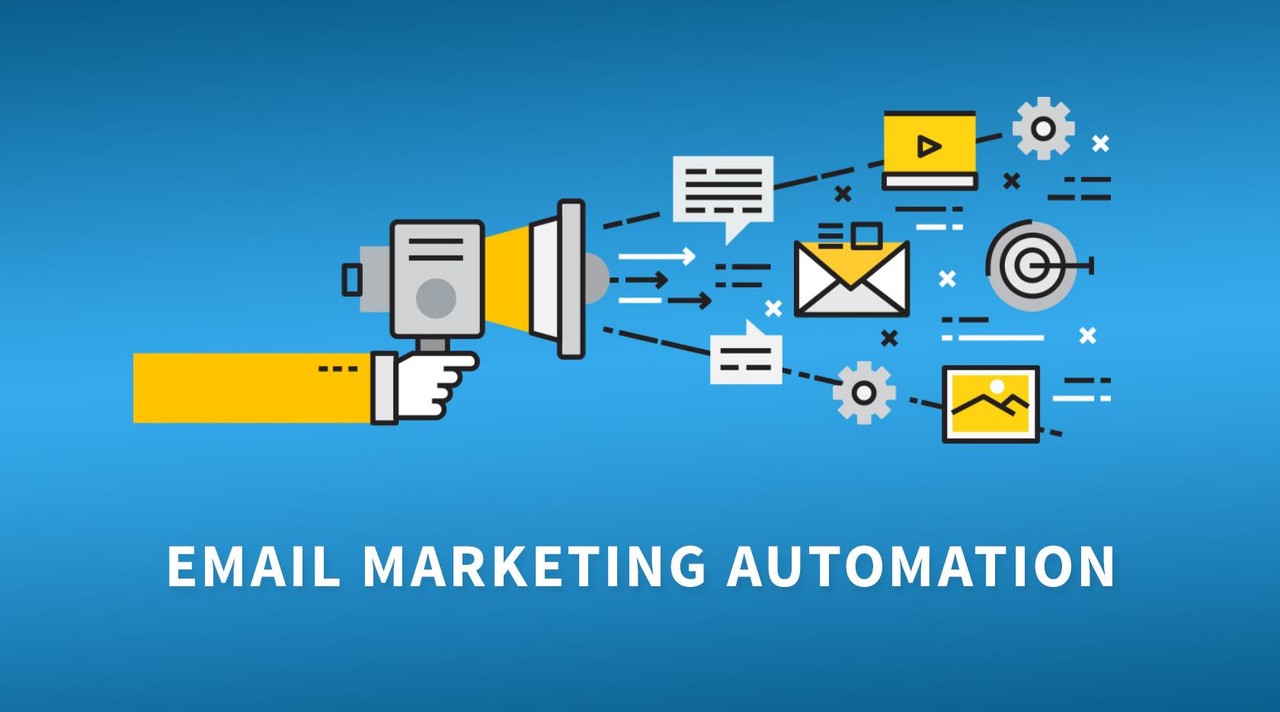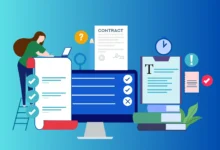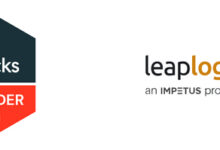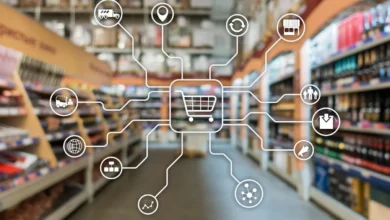
Email Marketing Automation for Customer Retention
Email marketing remains one of the most powerful tools for keeping customers engaged over the long term. While social media can be noisy and search algorithms unpredictable, emails go directly to the inbox, giving businesses a direct line of communication. Automation takes this a step further, allowing brands to send personalized, timely messages without constant manual work. From welcome sequences to re-engagement campaigns, automated email flows can keep your brand top of mind and encourage repeat purchases. When done right, email marketing automation strengthens relationships, builds trust, and turns first-time buyers into loyal customers who stick around for years.
Table of Contents
Understanding the Customer Journey
To make email automation truly effective, you need to understand where each customer is in their journey. A new subscriber might appreciate a welcome series introducing your products, while a long-time customer could respond better to exclusive loyalty rewards. Mapping these stages helps you design automated campaigns that feel personal rather than generic. The goal is to send the right message at the right time, increasing the chances of engagement. When customers feel understood, they’re more likely to stay connected with your brand and continue doing business with you over time.
Keeping Customer Data Secure
Every email marketing campaign relies on customer data: names, purchase history, preferences, and contact details. If that data is compromised, trust is broken. That’s why many businesses add an extra layer of protection by working with companies like Red Canary, which provides managed detection and response to identify and stop cyber threats before they cause damage. Protecting customer information isn’t just about avoiding fines or meeting compliance rules; it’s about showing your audience that you respect their privacy. A secure foundation ensures your automation efforts can run smoothly without putting your customers at risk.
Personalization Through Segmentation
One-size-fits-all emails are easy to ignore. By segmenting your audience based on behavior, location, or preferences, you can send messages that speak directly to their needs. As an example, someone who recently purchased running shoes might get an automated follow-up recommending performance socks or training tips. Segmentation also helps you avoid irrelevant offers that could annoy subscribers. The more targeted and relevant your automated emails are, the more they’ll feel like a helpful service rather than just another marketing push, which makes it far more likely that customers will remain loyal to your brand for the long haul.
Measuring and Optimizing Campaign Performance
Automation isn’t a “set it and forget it” tool. To keep improving, you need to track key metrics like open rates, click-through rates, and conversions. A/B testing can reveal which subject lines, send times, or content styles work best. Regular analysis helps you refine your approach so that your automated campaigns become more effective over time. Even small changes, like adjusting the timing of a follow-up email, can make a noticeable difference in results. By staying attentive and willing to adapt, you can ensure your email marketing continues to strengthen customer relationships.
Balancing Automation With the Human Touch
While automation can handle repetitive tasks and ensure consistent communication, it’s important to maintain a sense of humanity in your messaging. Customers respond best when they feel they’re interacting with real people, not just a machine. Use automation to handle the timing and delivery, but craft your messages in a warm, conversational tone. Adding occasional non-automated emails, such as a genuine thank-you or a special note from the founder, can make the relationship feel more personal and genuine. Combining efficiency with authenticity is what turns automated email marketing into a powerful tool for long-term customer retention.








